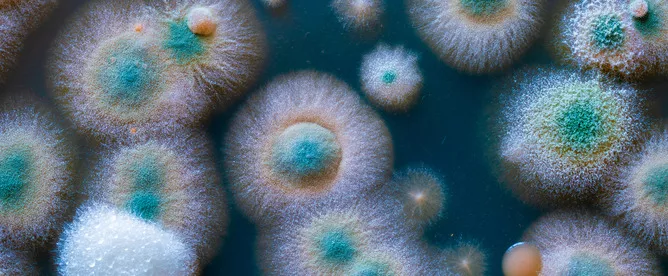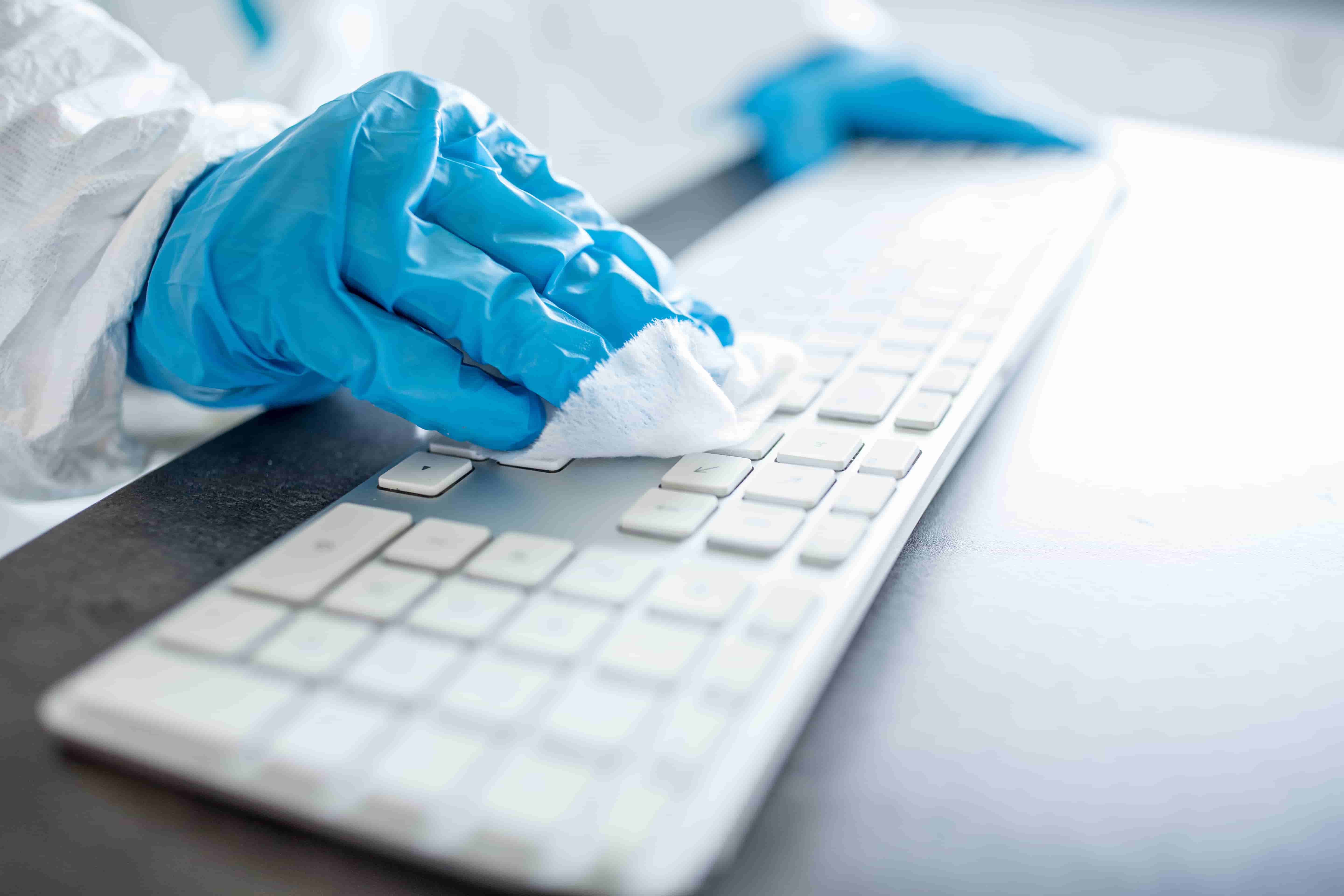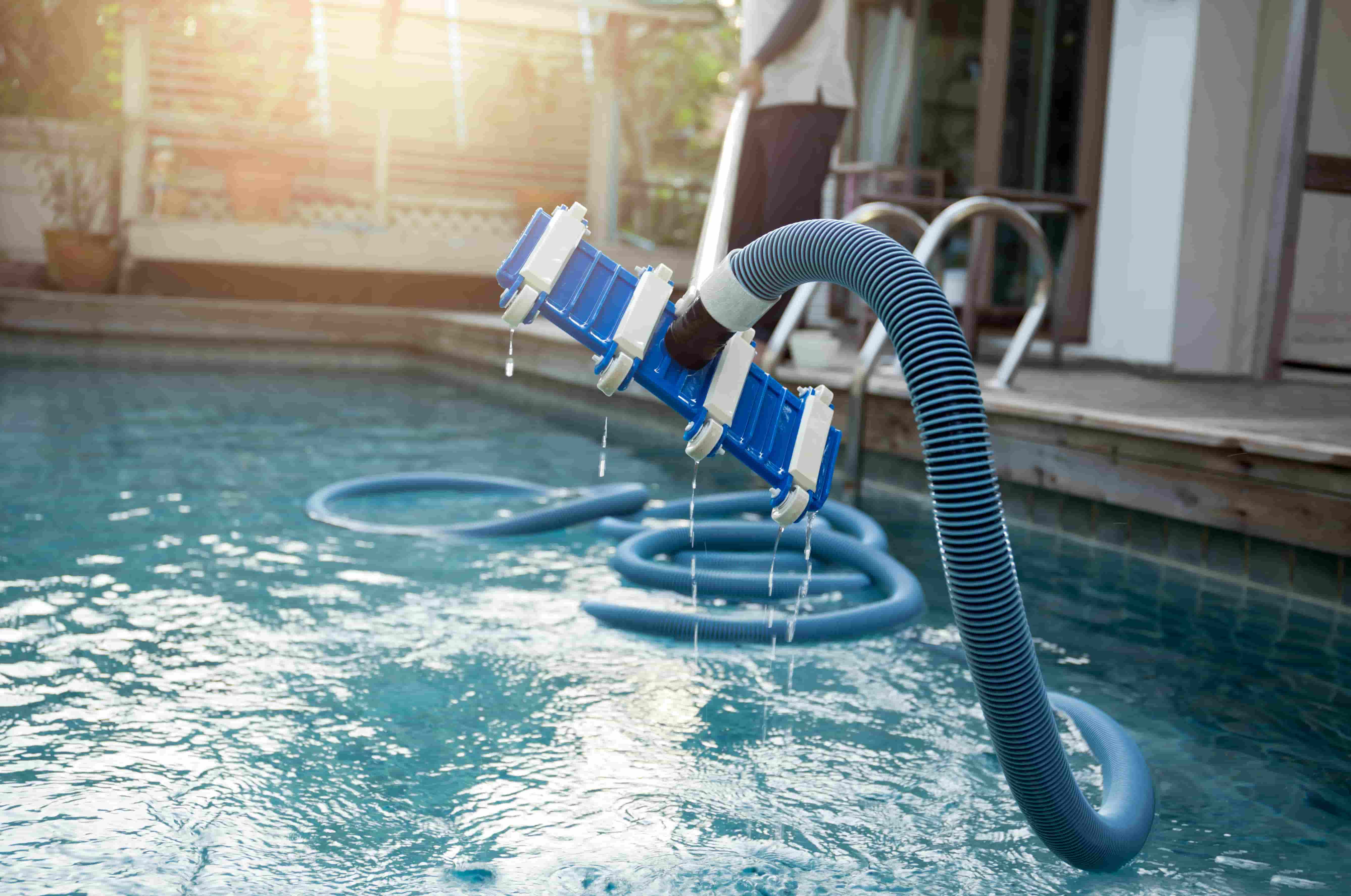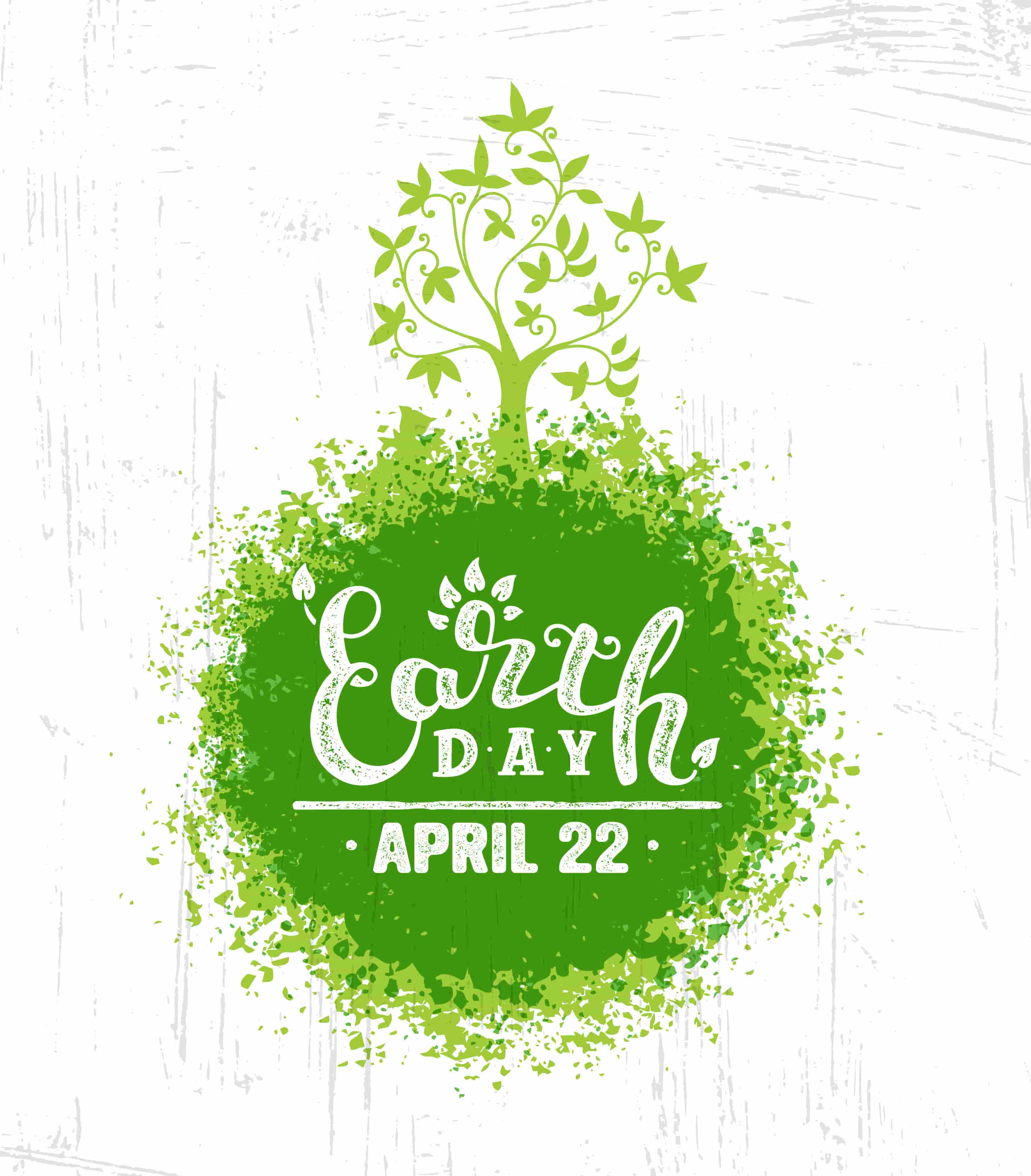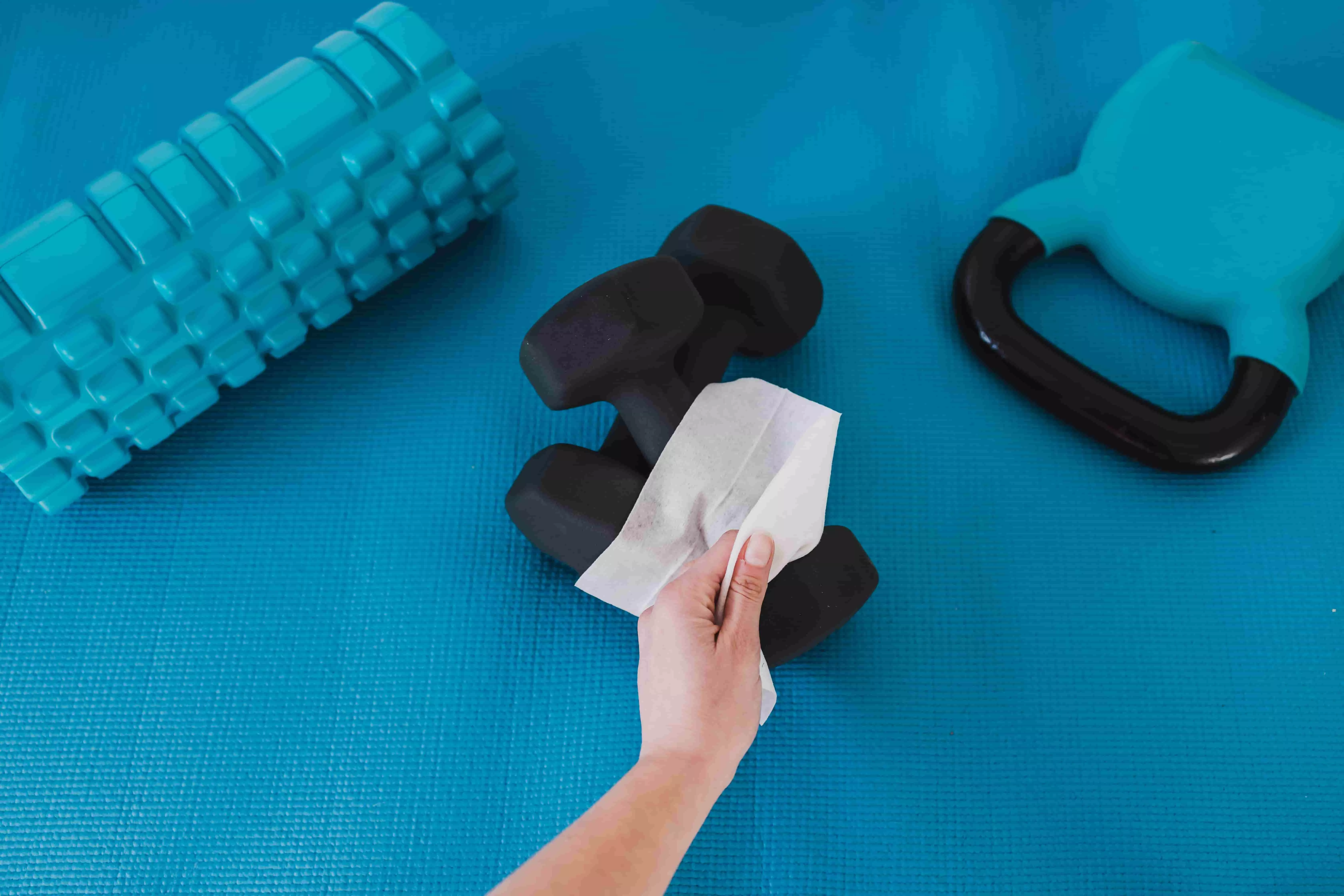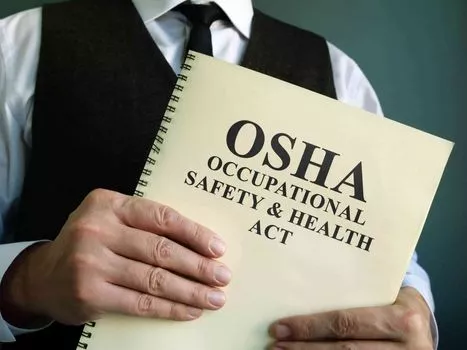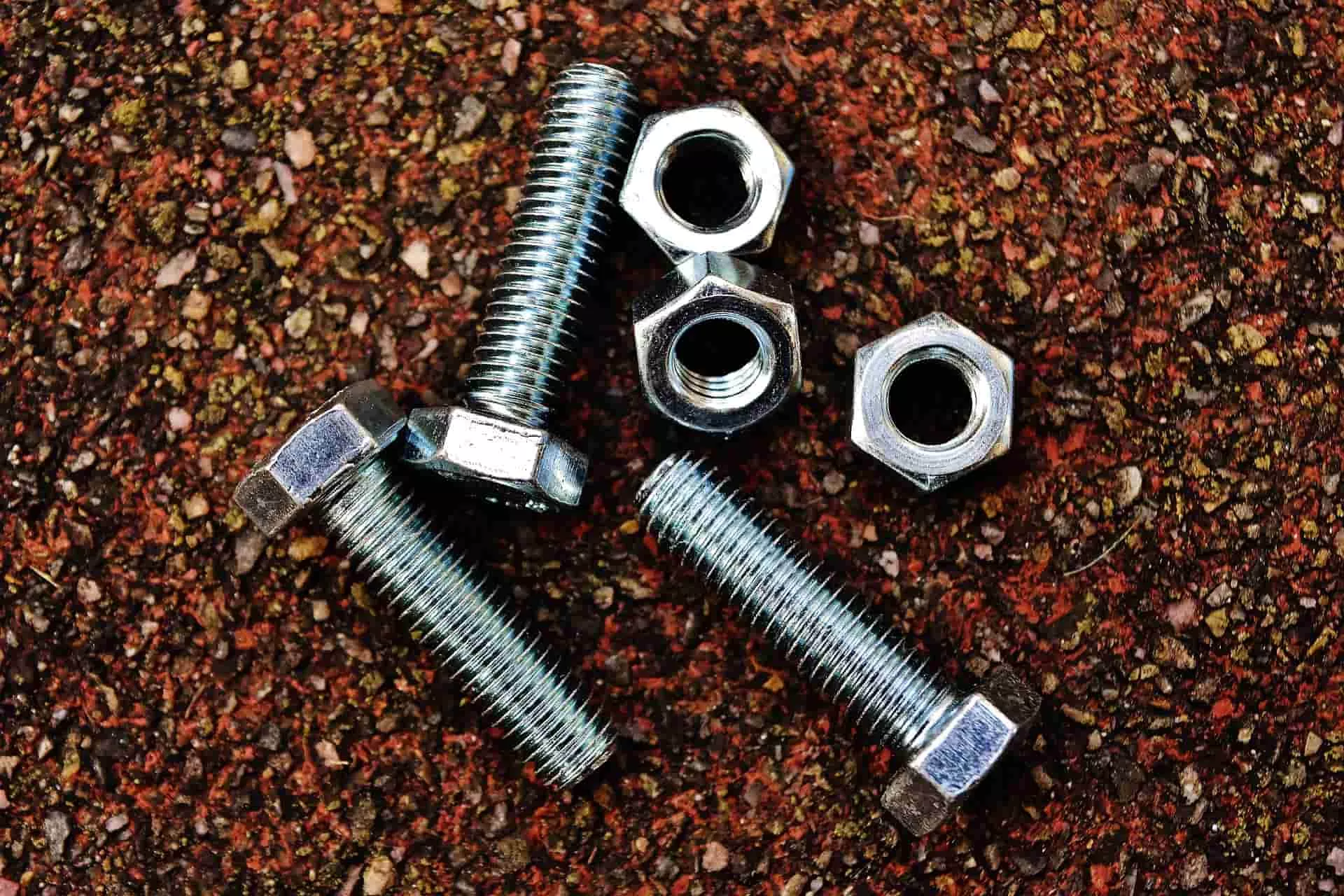10 Best Tips to Prevent Mold & Moisture
Swift Water Removal: The first step in preventing mold is to remove standing water as quickly as possible. Utilize pumps, wet/dry vacuums, and other water extraction tools to eliminate excess moisture. This will halt the initial conditions necessary for mold growth.
Thorough Cleaning: After removing water, thoroughly clean all surfaces and objects that came into contact with floodwater. Use a disinfectant solution to kill bacteria and contaminants. Pay special attention to areas that are difficult to access, as these can be breeding grounds for mold.
Proper Ventilation: Proper ventilation is crucial in preventing mold growth. Open windows and doors to promote airflow. Consider using fans and dehumidifiers to further reduce humidity levels. This discourages the growth of mold spores in the air.
Remove and Discard Damaged Materials: Materials such as drywall, insulation, and carpet that have been saturated with floodwater should be promptly removed and discarded. These materials are highly susceptible to mold growth and can be challenging to clean effectively.
Apply Mold Inhibitors: After cleaning and disinfecting, consider applying a mold inhibitor to susceptible surfaces. This can add an extra layer of protection against mold growth. Consult with a professional for the most suitable inhibitor for your specific situation.
Inspect and Maintain Gutters and Drainage: Proper drainage is essential in preventing future floods and subsequently, mold growth. Regularly inspect and clean gutters, downspouts, and drainage systems to ensure they are functioning optimally.
Monitor Humidity Levels: Keep an eye on indoor humidity levels. Ideally, they should be maintained between 30-50%. Humidity meters (hygrometers) can help you monitor and regulate moisture levels.
Seek Professional Assessment: In severe cases or if you're unsure about the extent of the damage, consider hiring a professional mold remediation service. They have the expertise and equipment to assess and mitigate mold-related issues effectively.


